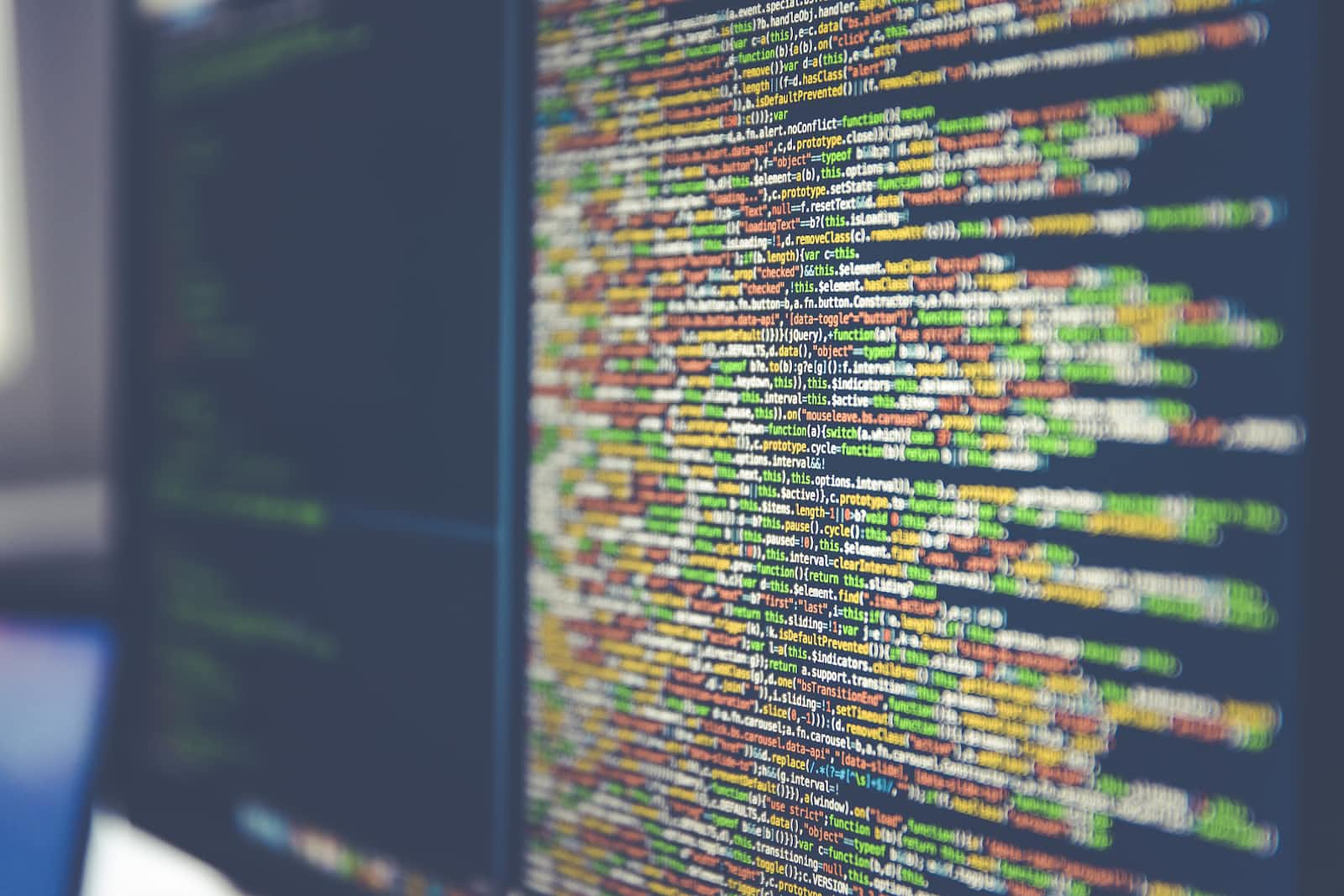Internet Safe Practices
 Sheila Chito Ojukwu
Sheila Chito OjukwuTable of contents

Table of contents
Introduction
Safe Internet Practice Identifying and Avoiding Phishing Attacks Conclusion References
INTRODUCTION
The internet is a wide network that connects gadgets comprising of computers, mobile phones, televisions, CCTVs all over the world. The internet is a virtual world and as such is a means by which people interact and communicate the various happenings they encounter on a daily. The internet is large and has become so accepted that people run their businesses and share ideas over the internet. The emergence of the internet has brought into existence forms of exploitation and other harmful behavior such as cyber bullying, fraud, crime, privacy violation to say the least. To avoid getting into harm’s way, it’s safe to be cautious and vigilant while we surf the internet. A wise man once said “working safely may get old, but so do those who practice it”. The same way be are vigilant about our physical environment and find ways to protect ourselves from anything or anyone that would cause us harm, in the same vein, we ought to do same while using the internet and that brings about safe internet practice.
SAFE INTERNET PRACTICE
Safe internet practice is the act of practicing standard, comprehending technology to safeguard your digital gadgets from the world. These are way to identify malicious network and how to protect your devices. PROTECTING YOUR GADGETS
- Ad pop-up blockers/ safe browsers Opera Gx, Brave browsers are some of the safest browsers you can find on the internet that helps to block Ads that can be really annoying while running a project.
- Keep your PC updated Device software should always be updated because the old software has been probably reviewed and defects found which can put a device at risk of getting hacked which has been rectified by newer updates. Therefore, to protect your devices from malicious site, software update should be done when they pop up.
- Use Anti-Malware apps/ using Anti-Virus Anti-Virus is essential as it protects devices from malware. Malware is a broad class of virus which included worms, viruses, spyware, Trojan virus etc. The 2nd speaker mentioned that Anti-virus block malicious website from opening and scan materials that are to be downloaded to a device. Without updating, the anti-virus would not be able to provide adequate protection.
IDENTIFYING AND AVOIDING PHISHING ATTACK
- Multi-factor security/protecting privacy Two factor authentications should also be enabled on all platforms just to have additional security. Strong password with Alphanumerical, numeric, case sensitivity and symbols would help protect your file. Ensure you do not a) Use Multi- Authentication b) Do not share your password with anyone c) Beware of email attachments d) Beware of Phishing mails e) Avoid public WIFI f) Do not use same password across all media pages.
CONCLUSION
In summary, adhere to the suggestions above; I would do well to practice all I have learnt and written here. The office hour presentation was really insightful and made me realize how important these practices are.
Reference
Ihuoma Agbaru and Max- Oti Favour Online Safety practices 8th September, 2022. https://www.youtube.com/watch?v=MVQhdi_C4cc
Subscribe to my newsletter
Read articles from Sheila Chito Ojukwu directly inside your inbox. Subscribe to the newsletter, and don't miss out.
Written by
